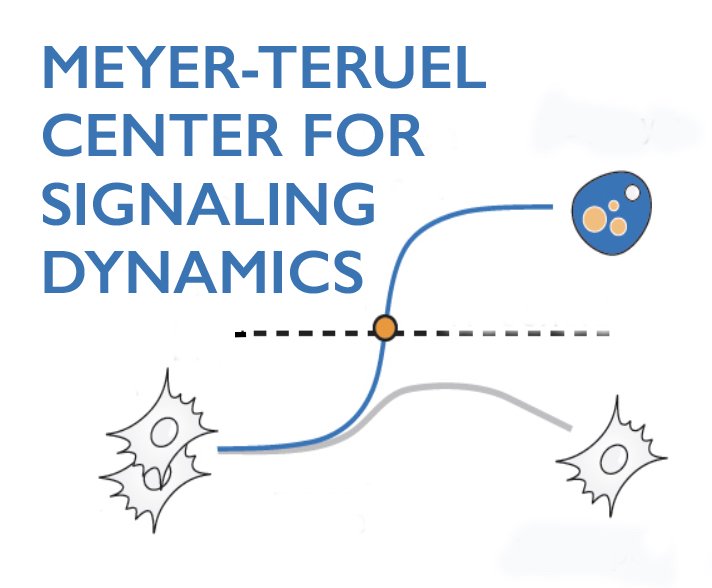How do circadian rhythms of glucocorticoid and other hormones control the generation and size of fat cells?
We have made two fundamental discoveries on how circadian rhythms control cell differentiation.
We discovered that a main driver of adipogenesis, glucocorticoid hormones, cause minimal adipogenesis in mice when they increase in a normal daily pattern during the wake period. However, when we mimicked stress signals that flatten glucocorticoid levels using glucocorticoid pellet implantation (which keeps glucocorticoid elevated during the rest period), fat tissues rapidly grew to twice the size in only three weeks.
We were able to recapitulate the increase in adipogenesis in vitro using pulsed versus continuous adipogenic stimulation of adipocyte progenitor cells. We also developed the first cell model to monitor the circadian rhythm and terminal differentiation live in the same single cell and showed that progenitor adipocytes can only pass the threshold to terminally differentiate when their cell intrinsic circadian clock is in the rest period.
Our Next Research Directions
We are pursuing two lines of research:
(1) understanding the molecular mechanisms by which disruption of normal circadian hormone oscillations cause obesity. In particular, we want to understand the lean-to-fat mass shift and hyperinsulinemia that is caused by flattening of glucocorticoid circadian rhythms such as from chronic stress, jet-lag, irregular sleep and eating schedules.
(2) understanding how the master clock in our brain and the peripheral clocks in the tissues and cells in our bodies interact to control tissue size and health. Our experiments make use of in vitro, organoid and mouse models and include studies how the dysregulation of glucocorticoid rhythms alters insulin secretion from beta-cell and preferential glucose uptake by adipocytes over muscle cells.
Relevant Publications
1) Bahrami-Nejad Z*, Zhao ML*, Hunderdosse D, Tkach KE, van Schie S, Chung M, Teruel MN. (2018). A transcriptional circuit filters oscillating circadian hormonal inputs to regulate fat cell differentiation. Cell Metabolism 27(4):854-868.e8. doi: 10.1016/j.cmet.2018.03.012. PubMed PMID: 29617644. *equal contribution.
Highlighted in Nature, NIH Research Matters, ScienceNews, F1000-the Faculty of 1000, the Times (London), ABC News, CBS News, the Los Angeles Times, Reuters.
Awarded the inaugural Diabetes Knowledge Advancement (DKA) Award by the Stanford Diabetes Research Center, given to the most impactful, original diabetes-related research publication from Stanford (2017-2018).
2) Tholen S, Patel R*, Agas A*, Kovary KM, Rabiee A, Nicholls HT, Bielczyk-Maczyńska E, Yang W, Kraemer FB, and Teruel MN. (2022). Flattening of circadian glucocorticoid oscillations drives acute hyperinsulinemia and adipocyte hypertrophy. Cell Reports Jun 28. 39(13):111018. PMID: 35767959. *equal contribution.
c) Zhang Z, Sinha J, Bahrami-Nejad Z, and Teruel MN. (2022). The circadian clock mediates daily bursts of cell differentiation by periodically restricting cell differentiation commitment. Proc Natl Acad Sci USA. Aug 16;119(33):e2204470119. doi: 10.1073/pnas.2204470119. Aug 8. PMID: 35939672.

